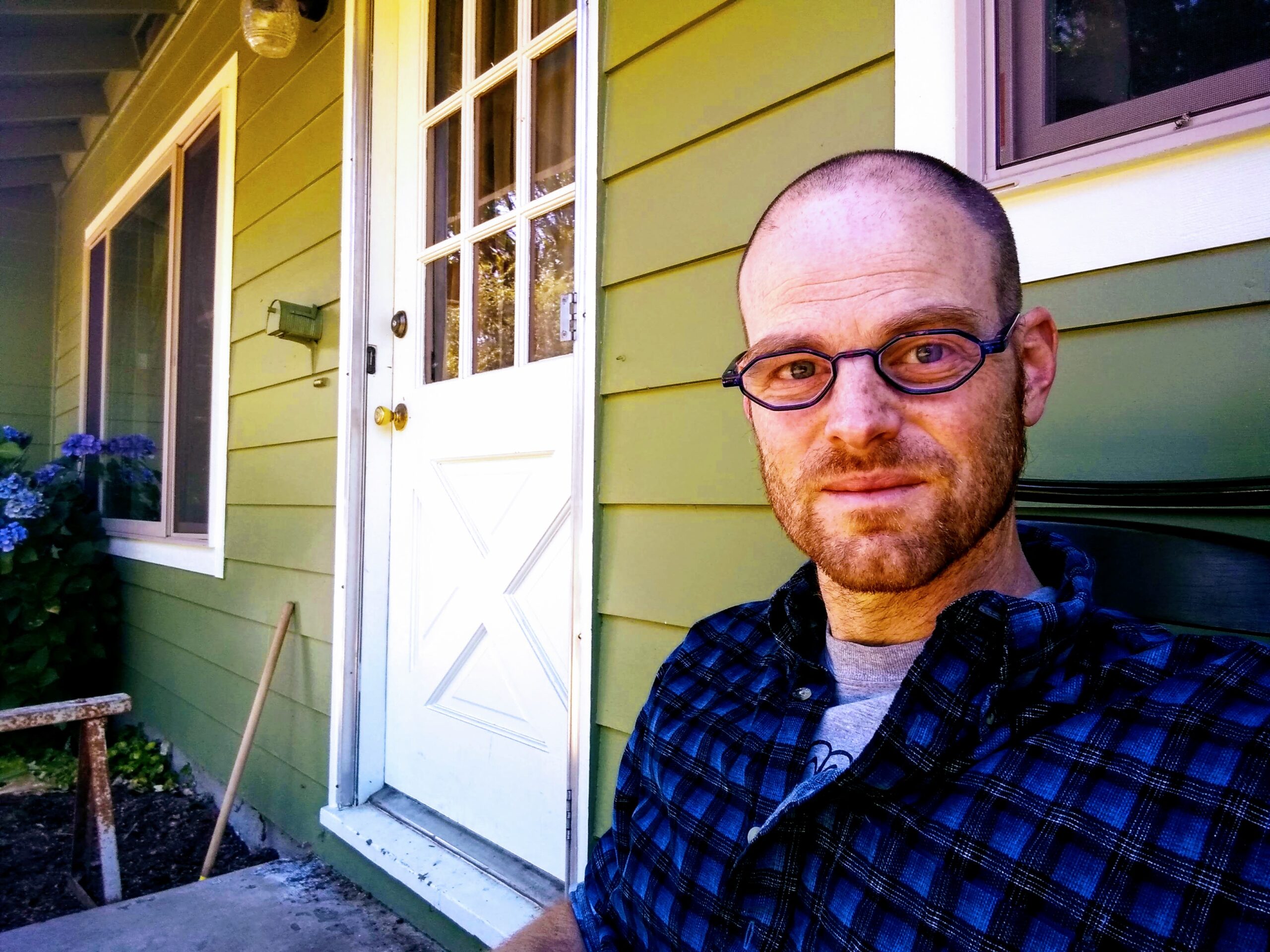
This is the sixth column in a series of columns about Collaborative Problem Solving, or CPS. You can find the previous column here.
The previous columns have centered around how to use “Plan B” to solve unsolved problems with your child. “Plan B” is the preferred method of solving problems. However, within the CPS framework, there is also a “Plan A” and “Plan C”. Let’s look briefly at what those are and when they might be of use.
Plan A
“Plan A” is CPS terminology for the conventional method of solving problems, in which the adult simply imposes their will on the child. There is a relational cost to using Plan A, and it should be used sparingly, but there may be times when safety concerns outweigh the potential relational cost and the adult must find some way to simply impose their will. Consider a parent who simply picks up and holds a toddler, despite the ensuing tantrum, to prevent them from running into the street. Think of the parent of a teenager withholding permission for their child to attend a party that is not properly supervised. These are the types of scenarios in which Plan A might be appropriate. It’s essential when using Plan A that the parent has a workable plan for enforcement. If your plan is not enforceable, then you must go to Plan B.
Plan C
“Plan C” is CPS terminology for choosing to ignore the problem, for the time being. You might employ this for one of two reasons:
1. Solving the problem requires cognitive skills that are currently beyond your child’s level of development.
2. You are focused on other unsolved problems at the moment.
When employing Plan C, it’s important to note that you are only ignoring this for the time being. There will come a time later on, after more cognitive development has taken place, or after some other unsolved problems resolve into durable solutions, when you will be able to take up any problem that you’ve chosen to “Plan C” for the moment.
The next, and final, column in this series will center around how to prioritize which unsolved problems to tackle first. It will also provide some further CPS resources.

Matthew King lives with his fifteen-year-old son in Corvallis, Oregon, where he’s taught English for thirteen years. He also does advocacy work in the school district for children who have experienced trauma in early childhood. In his spare time he hikes, reads, writes, practices meditation, and watches his son ride dirt bikes. He welcomes comments and feedback and can be contacted at kingmatthew10@gmail.com
